Project Vision
My overall vision for the project was to take remnants of candle wax, shown in Figure 1 below, and make a single aesthetically intricate candle with triangular designs in it. This vision was based off a picture found on Google and is shown in Figure 2. A part of this vision was to make this candle functional, which could be done by adding a string into the middle of the dried wax. I had seen my roommates use the string technique before as the wick and it seemed to burn just as effectively as store-bought wick.
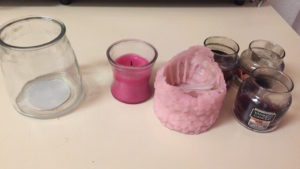 Figure 1: Remnant Candle Wax Used for Upcycle Project (Picture by Emily Pearson)
Figure 1: Remnant Candle Wax Used for Upcycle Project (Picture by Emily Pearson)
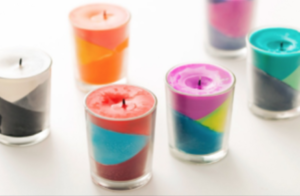 Figure 2: Upcycle Wax Design Vision (Picture Courtesy of https://www.brit.co/color-block-candles/)
Figure 2: Upcycle Wax Design Vision (Picture Courtesy of https://www.brit.co/color-block-candles/)
Design Loop: Ideal vs. Actual
Before beginning this process, I created a design loop that I thought would incorporate all aspects of what I thought would be involved in this project. My preliminary design loop can be seen in Figure 3 below. As you can see, I began this process by first thinking about what design I wanted the candle wax to turn into. This research had been prompted by the realization that if I put a mixture of molten red, pink and white wax all together, I would just get a simple candle I could just buy at a store. Instead, I wanted to try to see if I could create an aesthetic using these various colors.
Next, I needed to determine what materials would be needed for this project. Obviously I would need to gather as many candles as I could find, which ended up being 5. I also acquired a vase or glass large enough to hold the wax, string for the wick and my roommates hot plate. The last two bubbles in my ideal design loop were what would happen if the wax was or wasn’t cooperating.
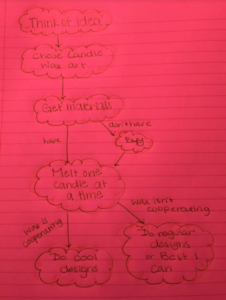 Figure 3: Ideal Design Loop (Picture by Emily Pearson)
Figure 3: Ideal Design Loop (Picture by Emily Pearson)
One of the first things I realized in the real process that it was going to be much faster to melt the wax in a toaster oven rather than hot plate. A picture of the melting of my first candle in the toaster oven can be seen in Figure 4.
 Figure 4: Melting the Wax (Picture by Emily Pearson)
Figure 4: Melting the Wax (Picture by Emily Pearson)
For the real process, however, I realized quite quickly that I failed to account for any mishaps that could happen along the way. One example of this was when the container of hot, melted wax spilled all over my toaster oven. Since you can’t poor wax down the drain because it drys and causes problems, you have to either heat it up again and poor outside, or scrape the dried wax off the toaster oven pans. In my case, I had to spend the time reheating the toaster oven then dealing with hot metals. A picture of this fiasco can be seen in Figure 5 below. Not only was that a bummer in itself, but I also lost a lot of wax in the process.
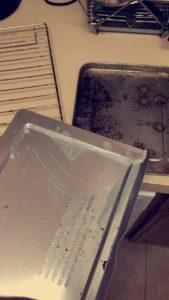 Figure 5: Spilled Wax Fiasco (Picture by Emily Pearson)
Figure 5: Spilled Wax Fiasco (Picture by Emily Pearson)
Another road block I came upon was the candle wick. I didn’t realize that I would have to personally hold the string throughout the whole process in order to keep it in the middle. My solution to this was getting a stick that was more stable than string and wrapping string around this. A picture of this set-up can be seen in Figure 6.
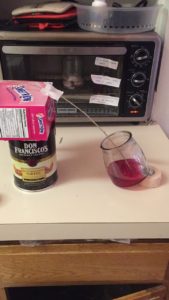 Figure 6: Candle Wick Set-Up (Picture by Emily Pearson)
Figure 6: Candle Wick Set-Up (Picture by Emily Pearson)
Overall, I would say that my design process stayed pretty linear, similar to my ideal chart in Figure 3. Looking back, I just would have added another bubble for mishaps and problem solving.
Aesthetic Goals
As mentioned above, my aesthetic goals were to make triangular shapes out of the various colors of wax. In addition, I wanted to choose wax colors that were complimentary. Since it is Valentines season, I thought that a mixture of whites, red and pinks could do the trick! Figure 7 below shows my layering process after adding the third color to the new jar of wax. Figure 8 shows a side view after all waxes were layered.
Later I noticed that not only was there aesthetics in the design itself, shown in Figures 7 and 8 below, but in its smell. The melted waxes included smells of cinnamon and various flowers which ended up creating a warm and cozy smell when the candle was lit. I feel certain that these changes will change fragrances when you melt down to the lower levels and I’m excited to see what cumulation of smells will stem from this candle.
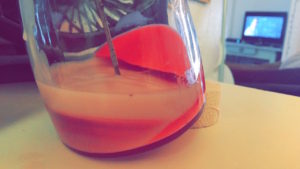 Figure 7: Triangle Aesthetic Attempt (Picture by Emily Pearson)
Figure 7: Triangle Aesthetic Attempt (Picture by Emily Pearson)
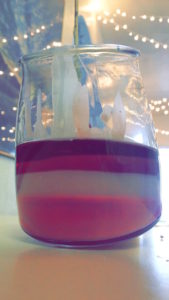 Figure 8: Side View of Final Product (Picture by Emily Pearson)
Figure 8: Side View of Final Product (Picture by Emily Pearson)
Functional Goals
A candles primary function is to hold a flame when lit which was a goal I was also trying to achieve. At first, I just used a wooden stick found outside my home as the wick. When I had trouble trying to light this, I decided I would try wrapping string around the stick because I knew from my roommates previous experiences that string worked just as well as a wick. The reason I had to wrap the string was because the stick allowed the wick to stay in the center of the candle. If it were to have fallen to a side when lit, you could run the risk of breaking the glass which could become dangerous!
After adding the wrapped string, I tried lighting it again and it worked! Not only that, but the string stayed lit so long that the stick caught on fire too, creating a two-pronged candle. Please refer to Figure 9 for reference!
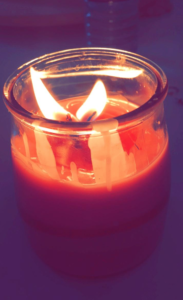 Figure 9: Functional Candle Proven by the Flame (Picture by Emily Pearson)
Figure 9: Functional Candle Proven by the Flame (Picture by Emily Pearson)
What’s Next?
After presenting to my pod this morning, I realized that if I were to do this again, I might try to find another vase or even create a mold that could make this more aesthetic. I also ran into time constraints waiting for this to dry and think in the future, I might try to set up a fan or other cooling mechanism to help increase the heat transfer.
As for this candle, I will be placing it next to my bed so I can smell it as I’m doing homework or reading before bed. I’m more than enthused about the results of this project and will most likely continue re-melting candles in the future.
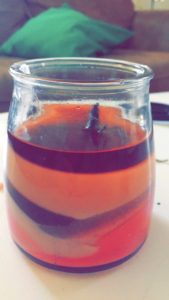
Presentation Link
https://drive.google.com/drive/folders/0B3PYkaDeD-Z6cjdxMk9fcGNITjQ?usp=sharing

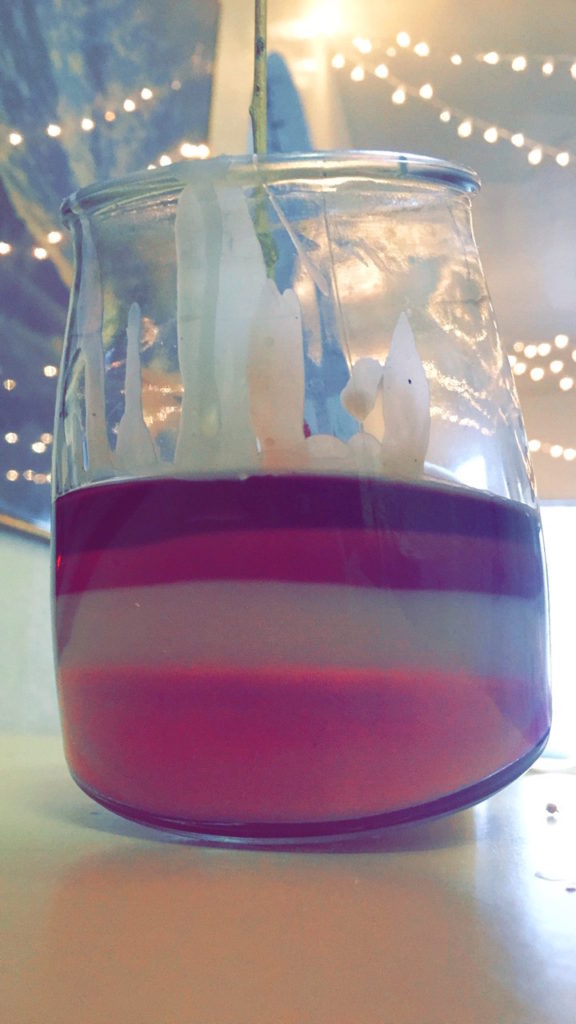
8 Comments. Leave new
The candles wound up looking great! I think your idea for this project was very interesting, as it allowed you to create something that is both functional and nice to look at. I think both the aesthetic and design parts of the project ended up working really well together, and the candles look like something that could be used in a person’s house. Great job!
Because the admin of this site is working, no doubt very rapidly it
will be renowned, due to its feature contents.
Super cool idea. You seemed to have good problem solving throughout your work that aided and smoothed out your design process. Only improvement I can really see is maybe cleaning the sides of the candle of wax when you are done.
That was a very creative way to reuse candles! To go with different colors and a fairly simple geometry was very clever. Also, showing your design process in your presentation was great to see how you complete the project. It could be pretty neat to add the wax at different angles, with some triangles steeper than others. Overall though it looked awesome and now I have a great idea for the reuse of candles!
Congratulations on completing an awesome project! The candle looks great and I actually learned quite a bit about candle making. It’s really great to see how you thought of and executed each step of the manufacturing process. If you do this again, I would be wary of cooling down the glass too quickly. If the temperature difference on the inside of the jar and the outside of the jar is too high, it could crack the jar and you’d have to start over. Overall, great job!
I like the idea and I am curious we discussed some potential changes and new ideas you would like to incorporate into a future spin of your upcycled candle design. I found it interesting to see how you addressed the challenges that arose during the process of trying to bring the design to fruition. Perhaps you can include any future ideas at the end of your write up. Good work!
Wow! This is a really interesting project. It’s a great way to recycle used candles. One way to keep the wax from mixing could be to cool the wax as you pour it. This could be done by using a fan or ice. The candle turned out very nicely! Well done
A great background and motivation for doing project. Very interesting discussion of the design process. Interesting discussion of challenges involved in project and the need to change which material was used for candle wick. The image progression showing the stages of building the candle was very interesting to see. It was fascinating to hear about the challenges in using the required equipment, and how you would modify the process next time.